
UHCDC
June 2022 - July 2022
“Exploring the future of holistic housing.”
The University of Hawai’i Community Design Center (UHCDC) is supported by the UH at Manoa School of Architecture, and focuses on intersection of government, university, and community stakeholders.
Initiated in 2019, the UHCDC conducted an exploratory research project called “The Future of Hawai’i’s Housing” for the Hawai’i Public Housing Authority’s (HPHA) Executive Director Hakim Ounsafi. Done under supervision of Principal Investigators Karla Sierralta, AIA and Brian Strawn, AIA., Holistic Housing Lab (HHL) platform was created to document, collect, and communicate knowledge derived from the Future of Hawai‘i’s Housing project.
Role
Designer, Design Researcher
Tools
Figma, Whiteboarding + Stickies
Collaborators
Lisa Watanabe (Graphic Design), Griffin Ward (Architecture)
“How might we redesign the HHL platform to serve as an informative and engaging tool for key agents and community members?”
Overview
The Problem
The Hawai‘i Public Housing Authority and the UHCDC have been collaborating for the past three years on the Future of Hawai‘i’s Housing project to develop a community engagement process and platform to ensure that the local citizens are engaged early and often across the design process. While the Holistic Housing Lab (HHL) framework was developed based on research conducted throughout the Hawaiian archipelago, it can also serve as a tool and resource for other communities around the world.
The Solution
Redesign the HHL website to serve as an approachable, economical, and flexible digital platform that can engage with broader audiences, and explore the impact “housing for all” through an interactive, public-facing website.
Developing Content
A primary goal of the redesign was to enable the site to serve as an educational tool, and to provide the steps to take action. In research conducted by the UHCDC, the existing housing development process lacked input from their communities.
Without understand what Holistic Housing is, what it entails, and how it might be implemented, it’s difficult for lawmakers to lobby for policy changes or government organizations to provide programming that might support them.
Analyzing the existing site (L) and initial wireframe for proposed redesign (R)
Generalize resources and how they can be adapted for other cities
Providing greater context and value for prospective users and site visitors
Additional tools to support engagement and make information more approachable, accessible, and usable
Key Values
Aligning content to audience
Three key values were developed to determine the purpose of content, and to support implementing the holistic housing development practices and community engagement methods throughout the design, build and planning process.
Brainstorming the role of agents, and how they will intersect with the platform’s purpose
Identifying audience and purpose
The HHL website attracts a broad audience — from government organization and lawmakers to academia and development teams. As a result, the site needed to provide both general and specific levels of information, and consider their contexts of use in order for these audiences to take action.
Project Deliverables
High-fidelity mockup for HHL
The HHL platform received new branding, and was structured based on analyzing the use case and purposes of various stakeholders. Final visual design was not implemented as they were still in progress, and so some images (such as the toolkit group shot) are placeholders as well as the logo and colors.
Additionally, I designed new diagrams to communicate various processes and phases, and worked with Lisa Watanabe (Graphic Designer) to develop icons for the twelve design strategies.
Overview of revised HHL platform
Iconography for 12 Design Strategies
Engagement Tools for PHAs
The engagement tools translate frameworks from the Holistic Housing Toolkit to support implementation. They provide step-by-step instructions to replicate activities conducted by UH Architecture students, and are designed to be easy to use by institutions and organizations with limited resources, with the potential to scale.
Adapting the HHL Toolkit
Translation worksheets enable other PHAs to use and make their own, localized tools based on methods discussed in the HHL Toolkit.
Make Space revised to present adaptive, ready-to-use setups for engaging with communities based on the organization’s time and resources.
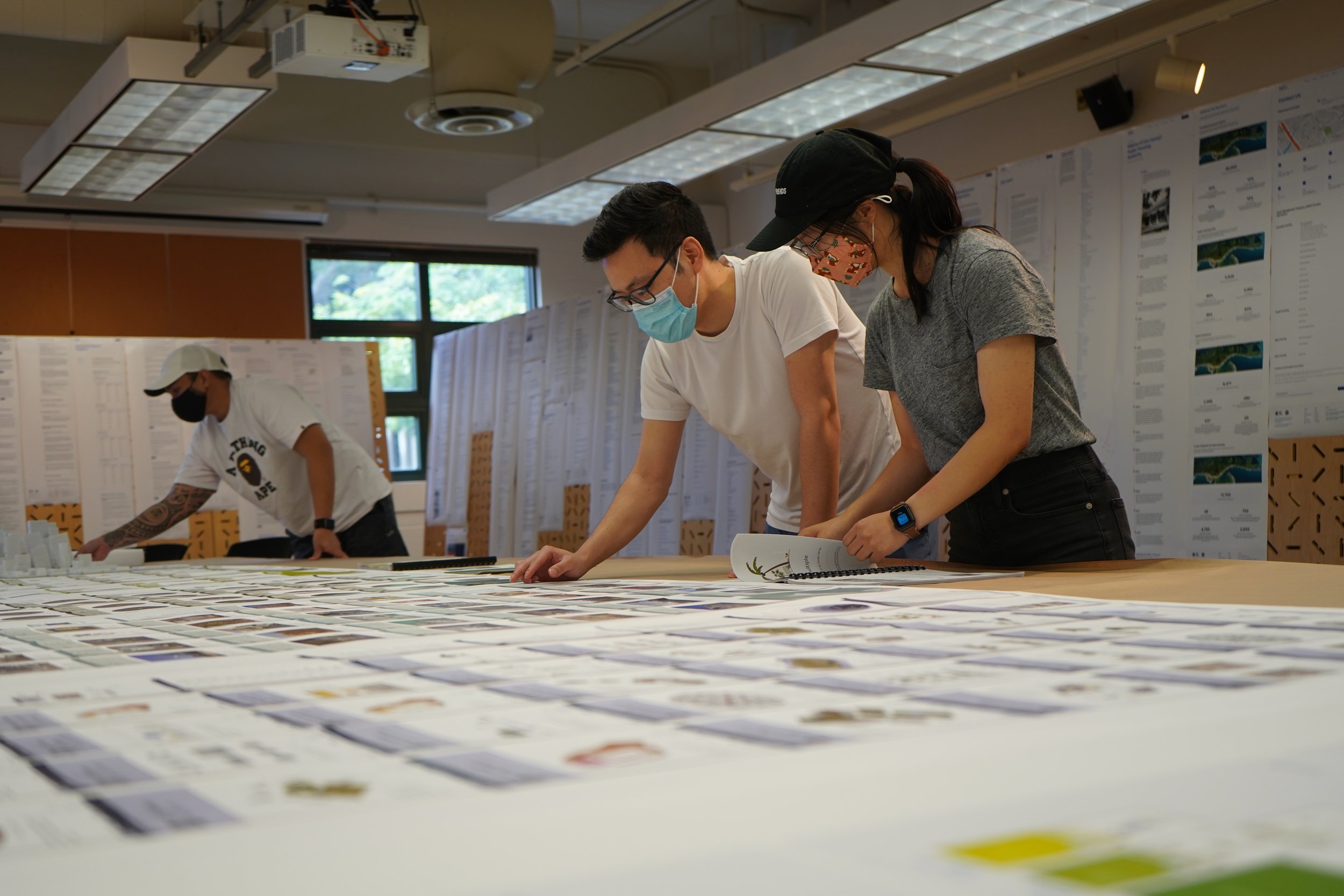
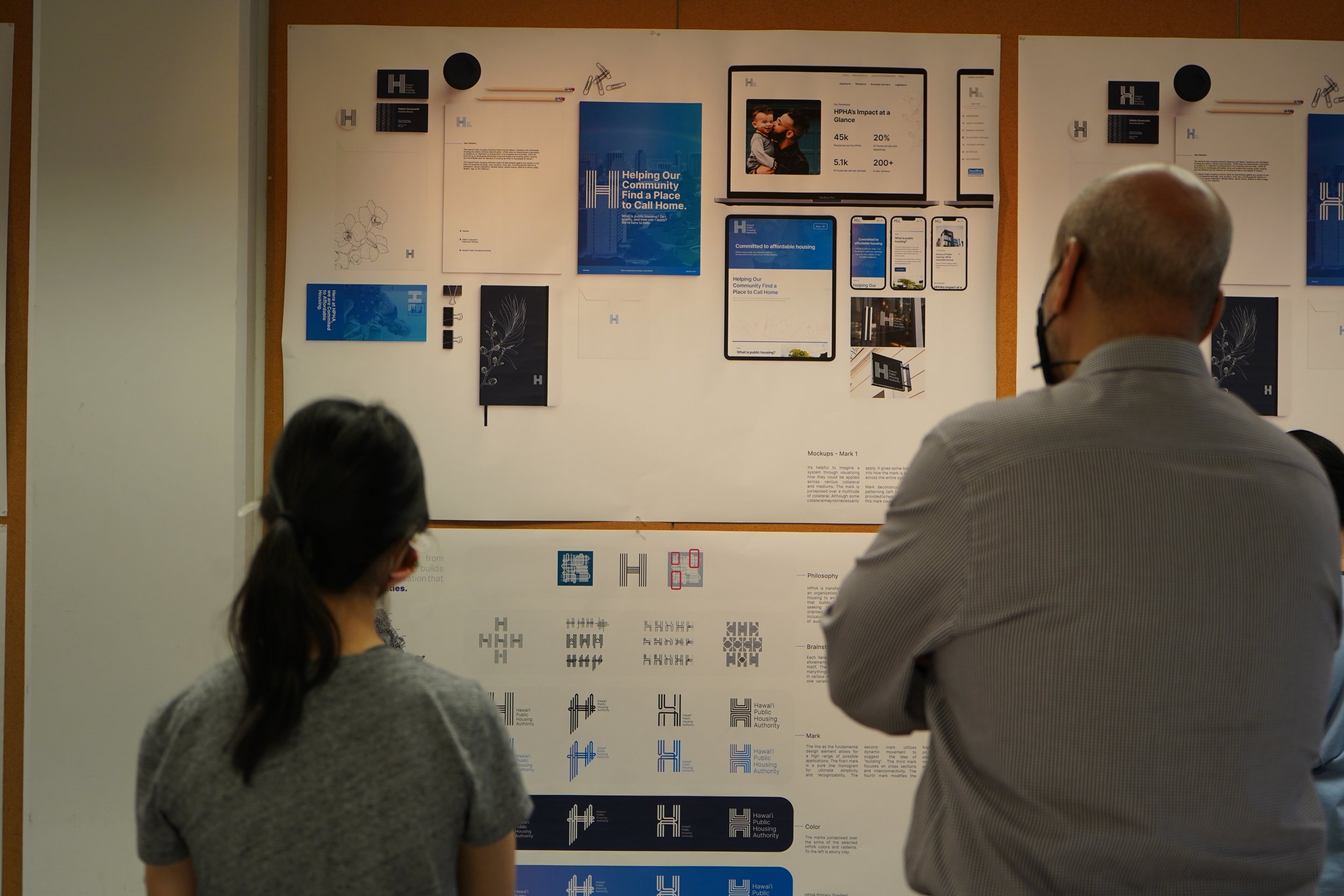
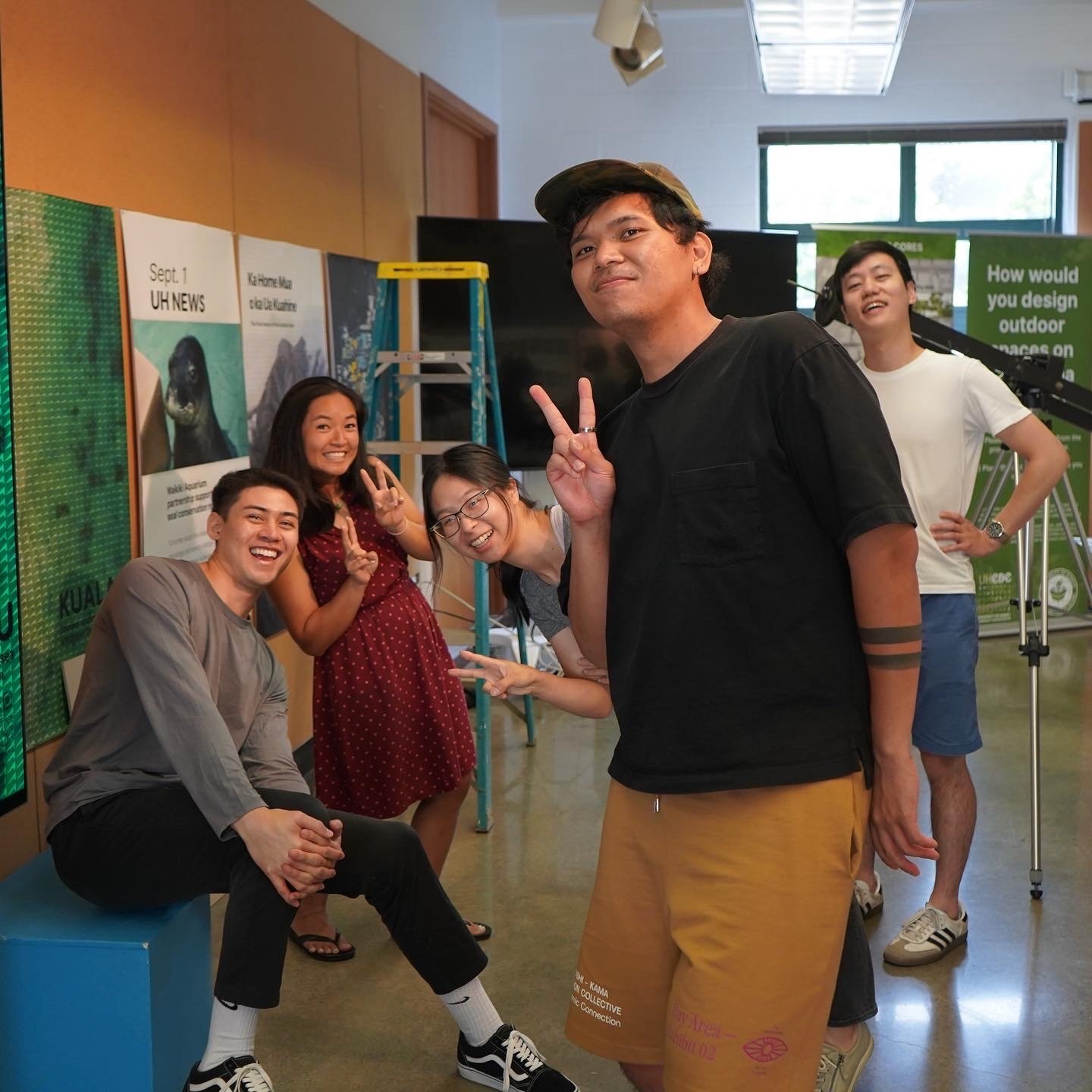
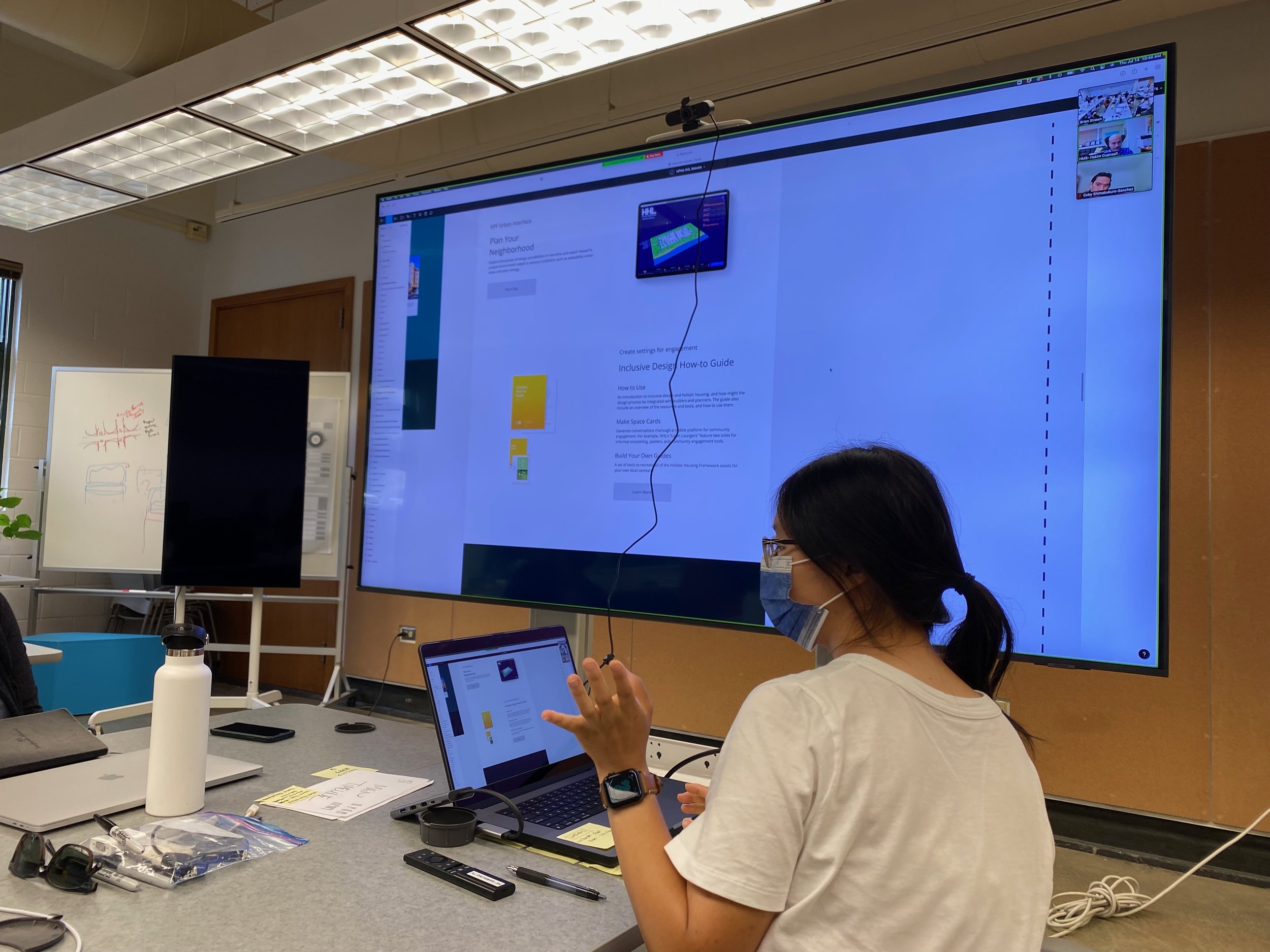

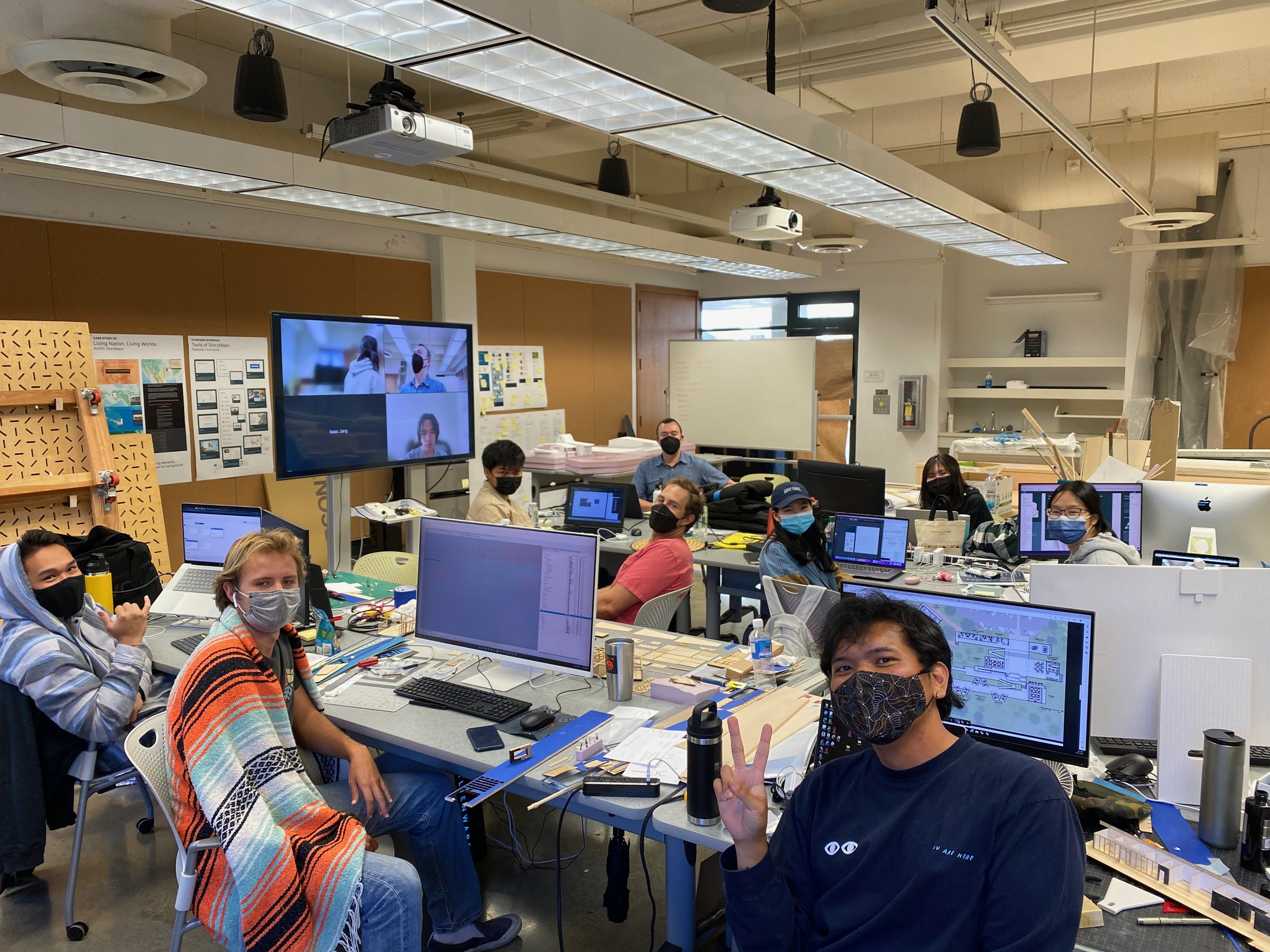
Attributions
Principal Investigators:
Karla Sierralta, AIA
Brian Strawn, AIA
UHCDC TEAM:
Research Associates: John Colburn IX, Jason Hashimoto, Christina Holcom, Charlie Palanza, Chris Songvilay, Sho Tetsutani
Student Research Assistants: Keola Annino, Micah Axalan, Kelii Kapali, Renz Laforteza, Beau Nakamori, Vivianne Nguyen, Rand Oshiro, Bryson Tabaniag, Griffin Ward, Hunter Wells
HPHA TEAM:
Hakim Ouansafi, Executive Director
Kevin D. Auger, Redevelopment Officer
Becky Choi, State Housing Development Admin
Sery Berhanu, Housing Development Specialist
RESEARCH PARTNERS:
Forge Studio:
Rebecca Buck, Ethnographer & Digital Strategist
KPF Urban Interface:
Luc Wilson, Director
Snoweria Zhang, Urban Innovation Architect
Brandon Pachuca, Urban Data Analyst, Developer
TOPIC EXPERTS:
Allison Arieff, Design and Architecture Writer
Phillip M.E. Garboden, PHD, UHM DURP
DESIGN RESEARCH ADVISORS:
Alisa Weinstein, UX, Research & Strategy
HyunJoo Lee, Design Research
RE-IMAGINING HPHA SERIES:
Principal Investigators and their teams:
Phillip M.E. Garboden, Ph.D, University of Hawai‘i at Mānoa, Department of Urban and Regional Planning
Jennifer Darrah-Okike, Ph.D, University of Hawai‘i at Mānoa, Department of Sociology
Barbara DeBaryshe, Interim Director & Specialist Center on the Family, College of Tropical Agriculture and Human Resources
TOOLKIT GRAPHIC DESIGN:
JIll Misawa, Graphic Design & Visual Communication
PHOTOGRAPHY:
Parking Day Drone Footage: Elias Dean
Lawn Loungers Photography: Tom Takata
SPECIAL THANKS TO:
All the families we interviewed across the archipelago for their kindness and generosity.
UHM School of Architecture:
Cathi Ho Schar, FAIA, UHCDC Director
William Chapman, PHD UHM SoA Dean
Steve Hill, UHM SoA Fabrication Lab Director
Arch 342 students Spring 2019, Spring 2021, Spring 2022
DArch students John Quindara, Connie Kwan, and Christina Holcom
2019 Building Voices Housing for All Symposium guest speakers, attendees, and assistants. Especially:
David Baker, FAIA David Baker Architects
Marsha Maytum, FAIA, Leddy Maytum Stacy Architects
2019 Summer share-out critics:
Daniel Friedman, FAIA and Elva Rubio


